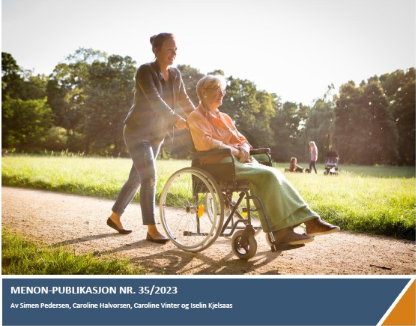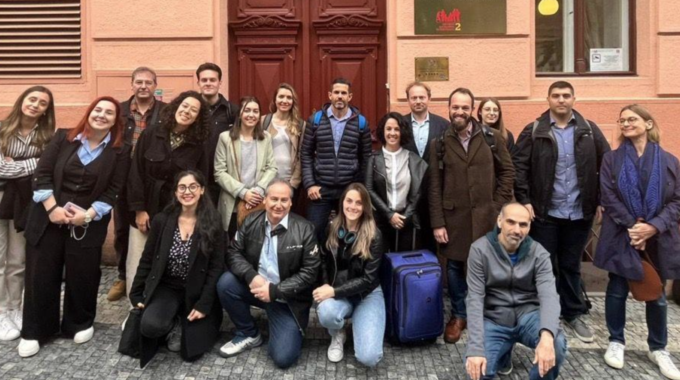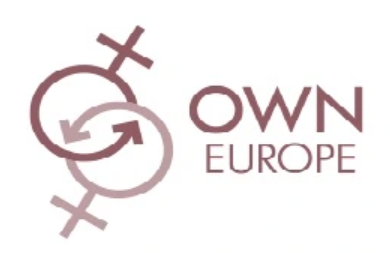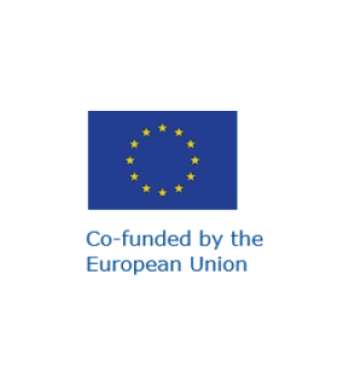
Nice to know vs Need to know – do we have the research with answers to improve lives of carers?
In 2022, Pårørendealliansen our colleague from Norway, ordered a systematic mapping review done by Menon Economics, of the informal carers research done in Norway over the last ten years. They have examined 112 studies that addresses different informal carer themes in Norway, you may read the recent resultsbelow:
The report show that we have some areas we know more about, and others still need to get more attention in the future. The identified research primarily focuses on a micro perspective rather than considering caregivers in a broader societal context. Among the 112 studies, 21 address the role of informal carers in society at a higher level. That is only 20 per cent!
What do we know?
Several of the studies to varying degrees deal with who the carers are, what they do and where they think things could improve. We find that there has been considerable research on children as young carers, family caregivers for individuals with mental disorders and/or substance addictions and informal carers for persons with dementia. Caring for the elderly with complex and chronic illnesses and individuals with chronic and somatic disorders appear to have been relatively understudied.
Several studies also examine the effect of specific support for caregivers, such as their access to information, extra follow-up and guidance and different programs to improve the collaboration between caregivers and healthcare professionals in hospitals or in the municipalities.
Some studies specifically address the consequences of being a carer, including the experience of being a caregiver. No wonder, they show that informal carers struggle with both physical, mental and economic issues. Combining work and care is often addressed as problematic.
The majority of the studies employ qualitative methods and a limited selection of informants.
Where are the “black holes”?
The research only partially addresses gender dimensions in caregiving, and when it does, it tends to focus on the role of women as carers. Some studies call for more knowledge about women’s situations at the intersection of professional life, family life, and caregiving responsibilities, and how societal changes impact women’s health. They also highlight a gap in expectations for women’s paid labor, where the aim is to extend working lives, and at the same time maintain caregiving responsibilities. We identify even fewer studies that consider dimensions such as language, culture, health, and education levels among carers as central research topics, or whether socio-economic differences among carers play a role.
A lot of micro but not much macro level research
Little research appears to have been conducted on the economic consequences of being a carer, the financial support available to carers and the extent to which it might affect their ability to remain employed. Given the challenges associated with caregivers expected to assume more significant societal responsibility in the future, it is surprising that there seems to be limited research on employed carers combining care and work.
Moreover, there appears to be little knowledge about the societal consequences of more individuals expected to continue living at home, such as the strain on family carers, patient and caregiver abuse, or technological solutions that could provide relief for carers.
The role of informal carers at a societal level seems underemphasized.
800 000 persons are providing informal care and help play a crucial role in Norway. The collective unpaid effort by informal carers is estimated to be roughly equivalent to the workforce of municipal care services equivalent to 140 000 FTEs.
In the future, a larger proportion of adults are expected to become caregivers, for multiple individuals simultaneously, necessitating more time devoted to caregiving tasks. Considering the significant role carers play in Norwegian society and are expected to play in the future, it is natural that there should be studies examining caregivers’ contributions and roles at a societal level.
Norwegian Informal carers strategy 2020-2025 needs a research boost with big numbers
We are now halfway in the strategy period. Two of the main objectives in the caregiver strategy are to “Recognize caregivers as a resource” and to provide “Good and comprehensive support for all caregivers, enabling them to live fulfilling lives and balance their caregiving roles with education and employment.” We find limited research that supports these objectives and provides insights into how they can be achieved.
With the result from this mapping review, we will emphasize the need for research and studies that are more macro-oriented. We need to study the effect of different tools that can be used to help people combining care and work. We need to know how gender, culture, educational background, health and other important topics influences on informal caring, to make solutions that is needed to support the carers. The politicians need to know what is working, to make the changes and legal actions needed for the change.
To summarize: We need to know more for bigger groups of carers, to make the changes needed for the individuals and for the future.
The full report can be found here (Norwegian only)
Please contact ava@parorendealliansen.no if you want an English short version
Anita Vatland
CEO Pårørendealliansen





